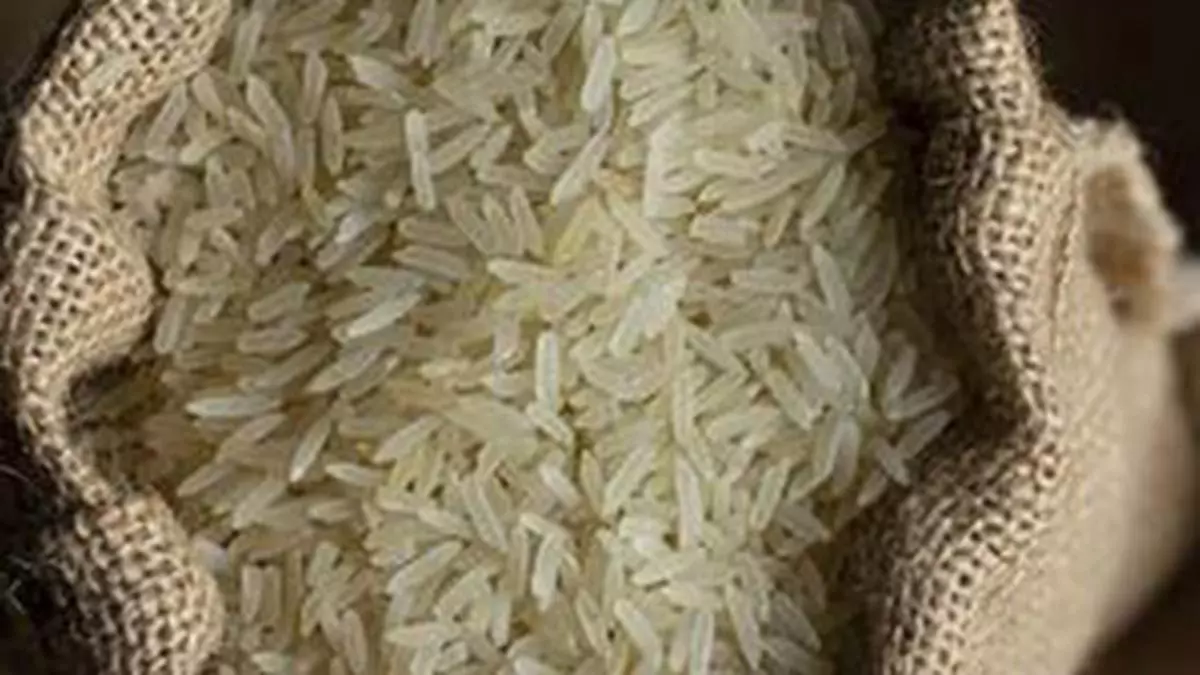The global rice market is in a boil with Vietnam and Pakistan cutting their prices sharply on slack demand and their currency’s value decreasing against the dollar, exporters and traders said.
Rice prices in Vietnam have plunged to a four-year low and it has resulted in uncertainty in the global market with buyers pausing, awaiting a clear picture.
This is making things difficult for India — where prices have dropped to near two-year lows, particularly in white rice. It is, however, enjoying an edge in the parboiled market, they said.
Against losing market share
“Vietnam and Pakistan don’t want to lose their market share to India. So, they have lowered the prices,” said Delh-based exporter Rajesh Paharia Jain.
“Vietnam landed in problems after India relaxed curbs on rice exports. Even in that South-East Asian country, they bought Indian rice. As a result, prices have crashed and there is a huge backlog in Vietnam ports to clear pending shipments,” said M Madan Prakash, Director of Rajathi Group which exports agricultural produce.
“Though prices have fallen due to the Vietnamese problem, they cannot continue to fall as farmers will be badly affected,” said BV Krishna Rao, President, The Rice Exporters Association (TREA).
Current prices
On Monday, Thailand’s white rice 5 per cent broken was quoted at $438, Vietnam’s at $410, India’s at $420 and Pakistan’s at $415 a tonne. Thailand’s 25 per cent white rice ruled at $415, Vietnam at $385, India at $405 and Pakistan at $360-395 a tonne free-on-board (f.o.b) depending on silky or polished quality.
In the parboiled sector, Thailand’s offer was at $450 a tonne and India’s at $435.
“Currency fluctuations are playing a big part in the global rice market. The Indian rupee is valued higher than the Pakistan rupee or the Vietnamese dong,” said Jain.
Prices have dropped sharply in India too due to the rupee’s depreciation against the dollar, said a Delhi-based exporter, adding that the higher value of the Indian currency is also affecting competitiveness.. The Indian rupee fetches 290.87 dong and 3.22 Pakistan rupee.
Traders default
Prakash said with rice prices decreasing, many buyers, particularly in Vietnam, have defaulted and some of the big Indian exporters have been caught on the wrong foot.
“Vietnam’s problem is that it was concentrating on exports only, when the Philippines and Indonesia were importing. That’s where Indian exports entered Vietnam and led to a free-for-all,” he said.
India’s lifting of export curbs even as it cut export duty in phases also led to exporters rushing their consignments to African countries. “Indian exporters are in a cut-throat competition among themselves,” said Rao.
Another problem for rice-exporting countries is that China’s foodgrain production, including that of rice, is higher this year. The US Department of Agriculture’s Beijing Post has estimated a higher rice production by China at 145.3 million tonnes this year. However, it expects imports from India to rise after New Delhi eased curbs.
No S-E Asia buyers
“Had China faced problems, Vietnam could have pushed at least 6 million tonnes unofficially across the border. It is also hurting Hanoi,” said the expert.
Research agency BMI, a unit of Fitch Solutions, said India’s reopening of the export market will weigh on other regional exporters such as Vietnam and Pakistan. This is a positive development for importers that have historically relied on India, such as Sub-Saharan African countries, though, it said.
Prakash said in the current situation, there were no buyers particularly from South-East Asia, while Rao said the situation would stabilise soon.
